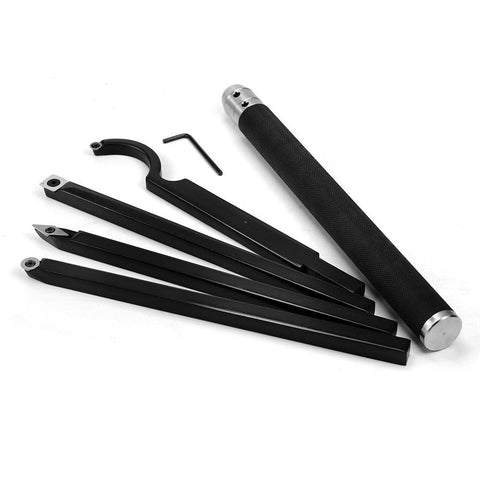
One of the most critical aspects of successful woodturning is ensuring that your tool rest is set at the correct height. The tool rest serves as a vital support for your chisels and gouges, allowing you to make precise cuts and achieve smooth finishes. Setting the tool rest too high or too low can lead to discomfort, reduced control, and even unsafe working conditions. Understanding the ideal height for your tool rest and how to adjust it will significantly enhance your turning experience and the quality of your finished projects.
The ideal height of the tool rest on a wood lathe is generally at or slightly below the center line of the workpiece you are turning. This positioning allows you to maintain a comfortable posture while effectively using your tools. When the tool rest is at the right height, your arms can remain relaxed, and your wrists can stay in a neutral position, reducing fatigue and the risk of injury over prolonged periods of turning. Additionally, this height facilitates better visibility and access to the cutting edge of the tool, which is essential for achieving precision and control during the turning process.
To find the correct height for your specific lathe and project, start by measuring the center height of the lathe spindle. This height is determined by the distance from the floor to the center of the lathe's spindle. Ideally, when you position the tool rest, it should align with this center height. If your tool rest is adjustable, set it so that the top surface of the rest is level with the spindle centerline. This will create a stable platform for your tools and help prevent awkward angles that can lead to fatigue and diminished control.
However, depending on the type of turning you are doing - whether spindle turning or bowl turning - there may be slight variations in tool rest height preferences. For spindle turning, which typically involves creating long, slender shapes, it is common for woodturners to set the tool rest slightly below the centerline of the spindle. This adjustment helps in making cuts that create a smoother surface and minimizes the risk of catches. Conversely, when turning bowls, many woodturners prefer to keep the tool rest at or just above the centerline. This positioning allows for more comfortable access to the inner walls of the bowl and facilitates effective hollowing techniques.
Adjusting the tool rest height is not just about comfort; it's also about control and stability. When the tool rest is set correctly, you can apply even pressure while cutting, leading to smoother finishes and reducing the likelihood of tool catches. If the tool rest is too high, you may find yourself straining to reach the workpiece, which can cause you to lose control of your tools. If it's too low, you might have to lift your hands uncomfortably, leading to tension and fatigue. In both cases, the quality of your work can suffer, and the risk of accidents increases.
Another critical factor to consider is the type of tool you are using. Different turning tools have varying cutting angles and ergonomics, which can influence how you position the tool rest. For example, a skew chisel requires a slightly different setup than a bowl gouge. As a woodturner, it's essential to adjust the height of the tool rest based on the tool you're using and the specific cuts you're making. Experimenting with different heights for various tools will help you understand what works best for your comfort and technique.
Regularly checking and adjusting your tool rest height is essential, especially when switching between different projects or types of turning. As you progress in your woodturning skills, you may find that your preferences evolve. Keeping your tool rest easily adjustable will allow you to optimize your setup for every new piece you create.
Beyond height adjustments, ensure that your tool rest is positioned close to the workpiece without making contact. A gap of about an eighth of an inch is ideal, as it allows you to maintain control while minimizing the risk of accidental catches. Additionally, make sure the tool rest is securely tightened to prevent any movement during the turning process, as a loose tool rest can lead to inaccuracies and potential accidents.
Finding the perfect height for your tool rest on a wood lathe is essential for successful woodturning. A well-positioned tool rest enhances comfort, control, and precision, enabling you to produce beautiful, high-quality pieces. By aligning the tool rest with the center height of your spindle and adjusting it slightly based on your turning style and the tools you use, you can ensure a more enjoyable and productive woodturning experience. Regularly check and fine-tune your setup, and don't hesitate to experiment with different heights as you develop your skills. With the right tool rest height, you'll be well on your way to mastering the art of woodturning, transforming raw wood into exquisite creations with confidence and ease.